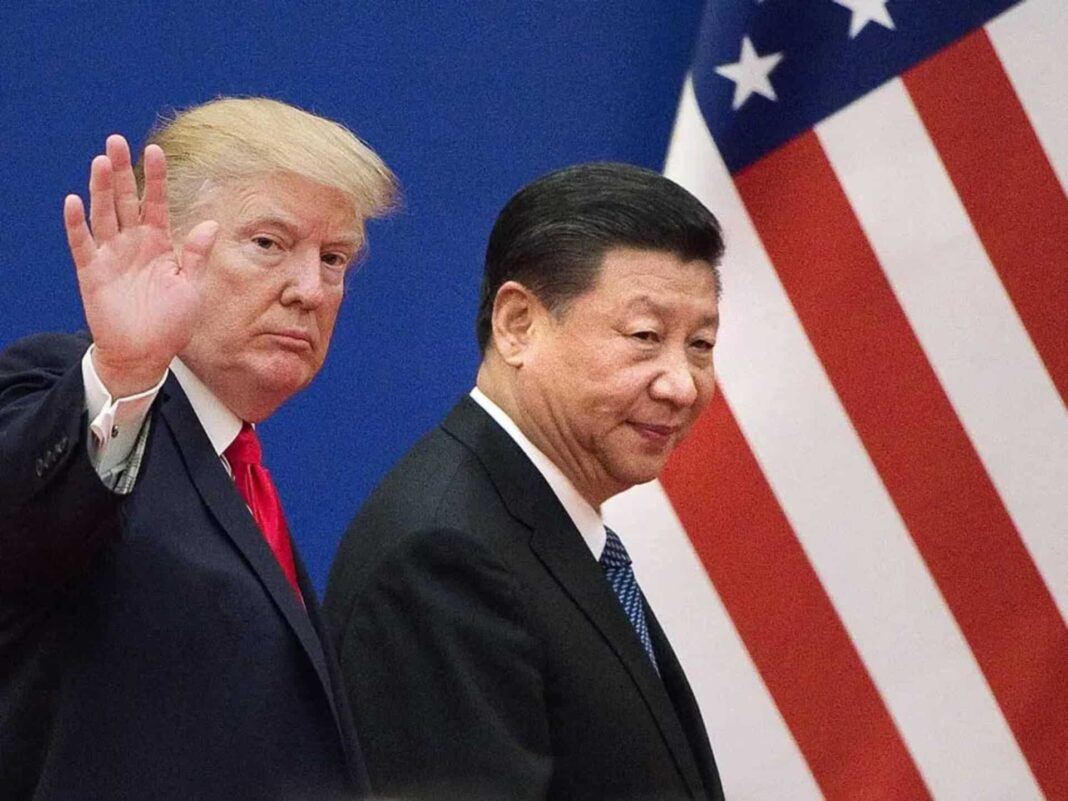KeyTakeaways:
- China’s trade surplus hit a record $1 trillion in 2024, driven by strong export growth.
- Exports to ASEAN nations rose, reflecting China’s pivot from the US market.
- The People’s Bank of China raised foreign debt borrowing limits to stabilize the yuan.
China’s trade surplus reached a historic $1 trillion in 2024, a leap driven by strong exports and the preemptive shipping of goods. With President-elect Donald Trump preparing to take office in a week, tensions between China and the US have intensified. Trump’s pledge to impose tariffs on Chinese goods is causing ripple effects throughout the global trade landscape.
According to the General Administration of Customs data, China’s exports totaled $3.58 trillion, while imports stood at $2.59 trillion. This resulted in a surplus of $990 billion, with December alone contributing a record $104.8 billion surplus.
Export growth was particularly notable, increasing by 10.7% yearly, in contrast to a more modest 1% rise in imports. Economists suggest this export surge reflects “front-loading,” where manufacturers rushed to ship products ahead of the anticipated US tariffs.
Amid escalating trade tensions, Chinese exporters have increasingly turned to regional markets, particularly ASEAN nations. Exports to ASEAN countries accounted for 16.4% of China’s total exports in 2024, up from 15.5% in the previous year.
This shift reflects China’s attempt to diversify its trade partners and reduce reliance on the US. However, analysts warn that the region’s trade could face additional pressures if the US targets goods rerouted through Southeast Asia.
China’s central bank has stabilized the yuan due to ongoing currency volatility. The People’s Bank of China (PBOC) raised the macroprudential adjustment parameter for cross-border financing, allowing higher foreign debt borrowing limits for Chinese enterprises.
The scale of China’s trade surplus has sparked further criticism from its trading partners, particularly the US, which accounts for a portion of that surplus. Countries worldwide have implemented tariffs on Chinese goods, and retaliatory measures from China have further complicated the global economic landscape.

